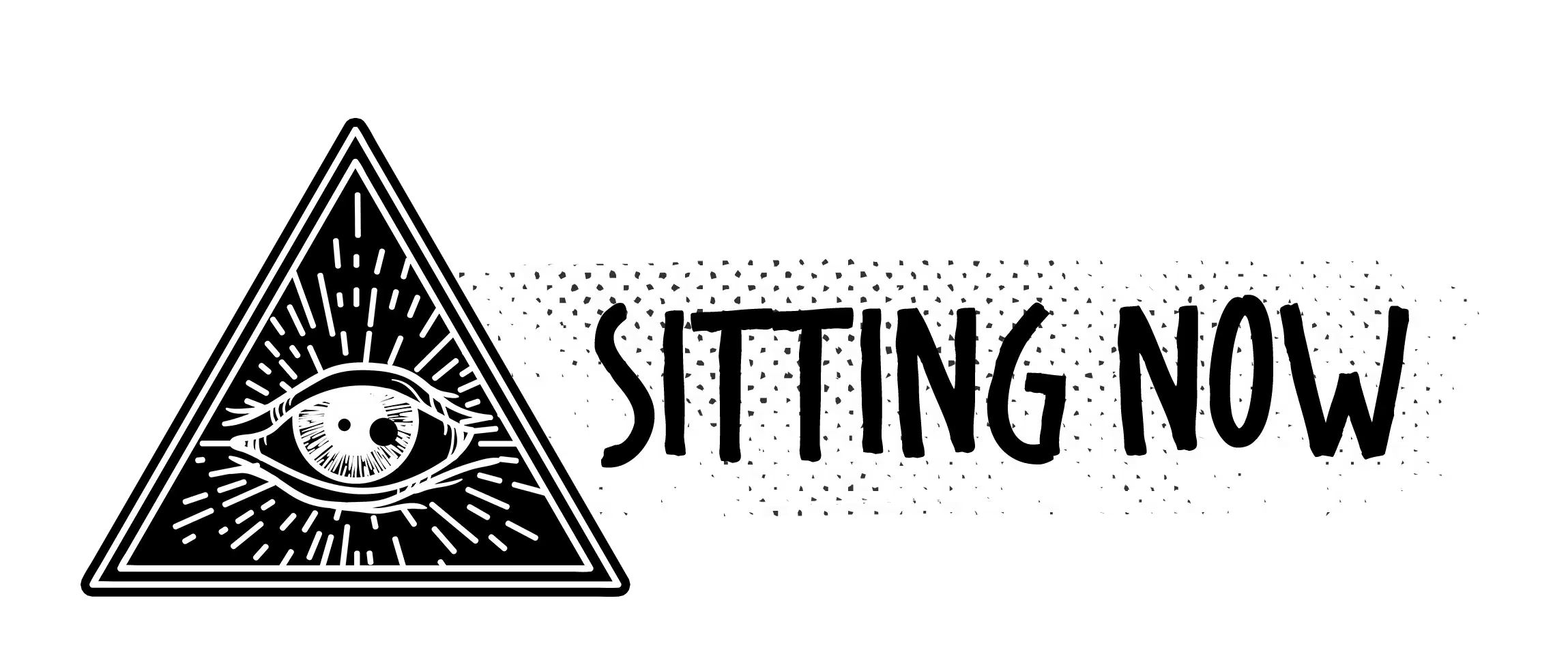Much to the dismay of the US government, the media organization/whistleblower site WikiLeaks released private US documents on its website this weekend. Information that was previously posted on the website exposed action reports from the Iraq war that confirmed mistreatment of Iraqi insurgents and civilian deaths, but we already knew that- and this is far more substantial in what is, WikiLeaks writes, “the largest set of confidential documents ever to be released into the public domain.” Several publications were entrusted with the information earlier from an intermediary associated with WikiLeaks to begin releasing the documents. Among them are the New York Times (US), The Guardian (England), Le Monde (France), El Pais (Spain) and German magazine Der Spiegel.
WikiLeaks’ editor-in-chief Julian Assange had been waiting to unveil the secret cables despite warnings issued by the Obama administration against posting the “irresponsible” information, which they hold will compromise US foreign relations and put lives at risk. (This is just a bit laughable when one considers the sincerely “irresponsible” act of killing thousands of civilians abroad). The cables leaked so far contained candid assessments of foreign leaders among other sensitive information. US Secretary of State Hilary Clinton and US ambassadors were recently busy contacting foreign officials in the days prior to prepare them for the blows. It is suspected that Pfc. Bradley E. Manning, age 23, is behind gathering the files and sending them to WikiLeaks. Previously, he was guilty of sharing video footage with WikiLeaks of a helicopter strike in Iraq that killed several civilians and two journalists.
The website, which naturally is receiving a massive amount of traffic at this time, was down earlier due to a denial of service attack confirmed through their official Twitter. Though it looks like from MSNBC’s poll that most Americans voting on the website do not support WikiLeak’s heavy disclosure of these secrets, there’s no doubt they’ll be reading. Comments on various websites have drawn the metaphor given the recent TSA debates on full-body scans that the United States government is now, itself, due for involuntary unveiling and intense scrutiny.
You can access some of the data on The Guardian’s website, but they have opted not to publish the actual content,which, without it, renders it rather meaningless. Instead, you can enjoy a lengthy list of senders, recipients, and dates! (Hosted by Google documents!?) Though it seems sure that more information will come out eventually given time and staggered publication by the various news sources WikiLeaks granted the documents to, “insurance” has been posted on torrenting site, Pirate Bay. On November 25th, on their Twitter, WikiLeaks posted about it: “Now is a good time to download some “history insurance”” -but don’t get too excited yet- the file is encrypted. However, it is thought that the crack code will be revealed in time, if necessary. At this point, no one but the creators seem to know what it contains.
From the Wikileaks website:
Wikileaks began on Sunday November 28th publishing 251,287 leaked United States embassy cables, the largest set of confidential documents ever to be released into the public domain. The documents will give people around the world an unprecedented insight into US Government foreign activities.
The cables, which date from 1966 up until the end of February this year, contain confidential communications between 274 embassies in countries throughout the world and the State Department in Washington DC. 15,652 of the cables are classified Secret.
The embassy cables will be released in stages over the next few months. The subject matter of these cables is of such importance, and the geographical spread so broad, that to do otherwise would not do this material justice.
The cables show the extent of US spying on its allies and the UN; turning a blind eye to corruption and human rights abuse in “client states”; backroom deals with supposedly neutral countries; lobbying for US corporations; and the measures US diplomats take to advance those who have access to them.
This document release reveals the contradictions between the US’s public persona and what it says behind closed doors – and shows that if citizens in a democracy want their governments to reflect their wishes, they should ask to see what’s going on behind the scenes.
Every American schoolchild is taught that George Washington – the country’s first President – could not tell a lie. If the administrations of his successors lived up to the same principle, today’s document flood would be a mere embarrassment. Instead, the US Government has been warning governments — even the most corrupt — around the world about the coming leaks and is bracing itself for the exposures.
The full set consists of 251,287 documents, comprising 261,276,536 words (seven times the size of “The Iraq War Logs”, the world’s previously largest classified information release).
The cables cover from 28th December 1966 to 28th February 2010 and originate from 274 embassies, consulates and diplomatic missions.
Stay tuned for more viral transparency – the website boasts only 220 out of 251,287 of embassy cables have been released so far.
More information:
- The New York Times has a posting of letters between the US Government and Assange of Wikileaks and the story posted here.
- New York Times’ coverage of the reaction to WikiLeaks.
- The Guardian posted a photo gallery with Washington’s view of various political leaders.
- They also posted live updates for a while until the writer signed off for some sleep.
- Wikileak’s official Twitter for live updates.
- BoingBoing has a roundup of some of the oddities of the leaks and has a bullet list of some revelations.





Wikileaks’ Julian Assange has said he’s close to exposing a bank – don’t expect him to live much longer.
Unless Sarah Palin gets to him first: may he find refuge in Ecuador!
[…] to a UK article, ” Information that was previously posted on the website exposed action reports from the Iraq […]